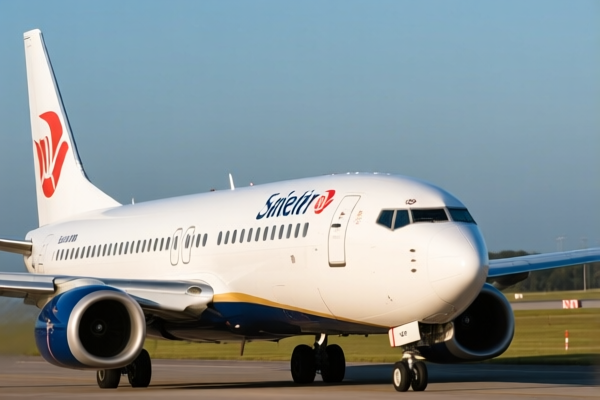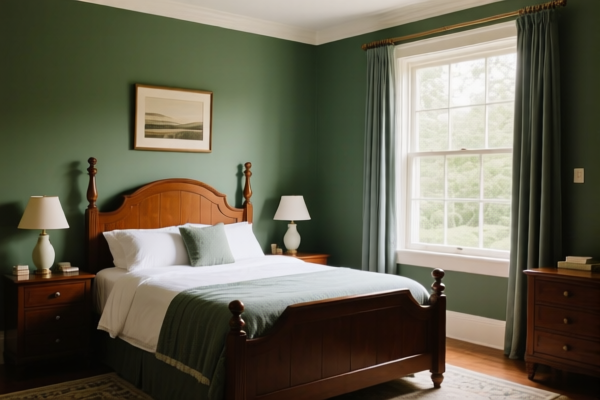| HS Code | Official Doc | Tariff Rate | Origin | Destination | Effective Date |
|---|---|---|---|---|---|
| 5603910090 | Doc | 55.0% | CN | US | 2025-05-12 |
| 5603920070 | Doc | 55.0% | CN | US | 2025-05-12 |
| 6210107000 | Doc | 38.5% | CN | US | 2025-05-12 |
| 5602290000 | Doc | 61.3% | CN | US | 2025-05-12 |
| 5602906000 | Doc | 61.3% | CN | US | 2025-05-12 |
| 5911900080 | Doc | 58.8% | CN | US | 2025-05-12 |
| 5903903090 | Doc | 57.7% | CN | US | 2025-05-12 |
| 5903901000 | Doc | 57.7% | CN | US | 2025-05-12 |
| 5902900000 | Doc | 55.0% | CN | US | 2025-05-12 |
| 6113009074 | Doc | 44.6% | CN | US | 2025-05-12 |
| 6113009084 | Doc | 44.6% | CN | US | 2025-05-12 |
| 6217909095 | Doc | 52.1% | CN | US | 2025-05-12 |
| 6217909075 | Doc | 52.1% | CN | US | 2025-05-12 |
| 6212900010 | Doc | 44.1% | CN | US | 2025-05-12 |
| 6212900030 | Doc | 44.1% | CN | US | 2025-05-12 |
| 6211398010 | Doc | 40.3% | CN | US | 2025-05-12 |
| 6211498090 | Doc | 44.8% | CN | US | 2025-05-12 |
| 3923290000 | Doc | 58.0% | CN | US | 2025-05-12 |
| 3926903300 | Doc | 36.5% | CN | US | 2025-05-12 |
| 3926909989 | Doc | 42.8% | CN | US | 2025-05-12 |
| 4202991000 | Doc | 58.4% | CN | US | 2025-05-12 |
| 4202995000 | Doc | 62.8% | CN | US | 2025-05-12 |




Nonwoven Fabric Small Bag
A nonwoven fabric small bag is a type of bag constructed from nonwoven fabrics – a fabric-like material made from long fibers, bonded together by chemical, mechanical, heat, or solvent extraction processes. Unlike traditional woven or knitted fabrics, nonwovens are not produced by interlacing yarns.
Material:
- Polypropylene (PP): The most common material due to its cost-effectiveness, strength, and resistance to moisture.
- Polyethylene (PE): Offers greater flexibility and is often used for bags requiring a softer feel.
- Polyester (PET): Provides higher strength and durability, often used for reusable bags.
- Other materials: Viscose, acrylic, and natural fibers (like jute or cotton) can also be used, though less common for small bags.
- Recycled materials: Increasingly, bags are made from recycled PP or PET, promoting sustainability.
Purpose:
These bags serve a wide variety of purposes, primarily as a lightweight and cost-effective packaging and carrying solution. Common applications include:
- Shopping bags: Used as alternatives to plastic bags, often for groceries or retail purchases.
- Promotional bags: Printed with logos and branding for marketing events.
- Gift bags: Used for small gifts or party favors.
- Packaging: Protecting and containing small items like cosmetics, food supplements, or hardware.
- Storage: Holding small items for organization.
Function:
The primary function is containment and transport. Key functional characteristics include:
- Lightweight: Easy to carry.
- Breathable: Allows air circulation, useful for certain products.
- Water-resistant: Offers some protection from moisture (depending on the material).
- Durable: Sufficient strength for carrying moderate weights.
- Printable: Accepts printing for branding and information.
Usage Scenarios:
- Retail: Providing customers with a bag at the point of sale.
- Trade shows and events: Distributing promotional materials.
- Grocery stores: Offering reusable alternatives to plastic bags.
- Cosmetic and pharmaceutical packaging: Protecting small products.
- Household storage: Organizing closets, drawers, and other spaces.
Common Types:
- Die-cut handle bags: Most common type, with handles punched out of the fabric.
- Loop handle bags: Featuring reinforced loop handles for added strength.
- Drawstring bags: Closed with a drawstring for secure closure.
- Laminated bags: Coated with a layer of plastic for increased strength, water resistance, and print quality.
- Sewn bags: Edges are sewn for added durability, often used for heavier items.
- Gusseted bags: With sides folded to create a wider base, allowing for more capacity.
- Flat bags: Simplest form, often used for packaging.
The declared goods are small bags made of non-woven fabric. These bags are likely used for packaging, carrying, or storage purposes.
Here are the relevant HS codes based on the provided reference material:
-
5603910090: This HS code covers non-woven fabrics, whether or not impregnated, coated, covered, or laminated, specifically “Other” types weighing not more than 25 g/m².
- 56: Chapter 56 refers to Woven fabrics of textile materials.
- 03: Heading 03 specifies Non-woven fabrics.
- 910090: This further defines “Other” non-woven fabrics weighing not more than 25 g/m².
-
5603920070: This HS code covers non-woven fabrics, whether or not impregnated, coated, covered, or laminated, specifically “Other” types weighing more than 25 g/m² but not more than 70 g/m². It also includes nonwoven articles ready for use and packaged for industrial, institutional or retail sale.
- 56: Chapter 56 refers to Woven fabrics of textile materials.
- 03: Heading 03 specifies Non-woven fabrics.
- 920070: This further defines “Other” non-woven fabrics weighing more than 25 g/m² but not more than 70 g/m², including ready-for-use articles.
-
3923290000: This HS code covers sacks and bags (including cones) of other plastics. If the small bags are made of plastic-coated non-woven fabric, this code may be applicable.
- 39: Chapter 39 refers to Plastics and articles thereof.
- 23: Heading 23 specifies Articles for the conveyance or packing of goods, of plastics.
- 290000: This further defines sacks and bags of other plastics.
Important Note: The applicable tax rate for each HS code is as follows:
- 5603910090: Total tax rate is 55.0%, with a basic tariff of 0.0% and an additional tariff of 25.0%, increasing to 30.0% after April 2, 2025.
- 5603920070: Total tax rate is 55.0%, with a basic tariff of 0.0% and an additional tariff of 25.0%, increasing to 30.0% after April 2, 2025.
- 3923290000: Total tax rate is 58.0%, with a basic tariff of 3.0% and an additional tariff of 25.0%, increasing to 30.0% after April 2, 2025.
It is important to determine the weight per square meter (g/m²) of the non-woven fabric to accurately classify the goods under either 5603910090 or 5603920070. If the bags are plastic-coated, 3923290000 should be considered.
Customer Reviews
No reviews yet.